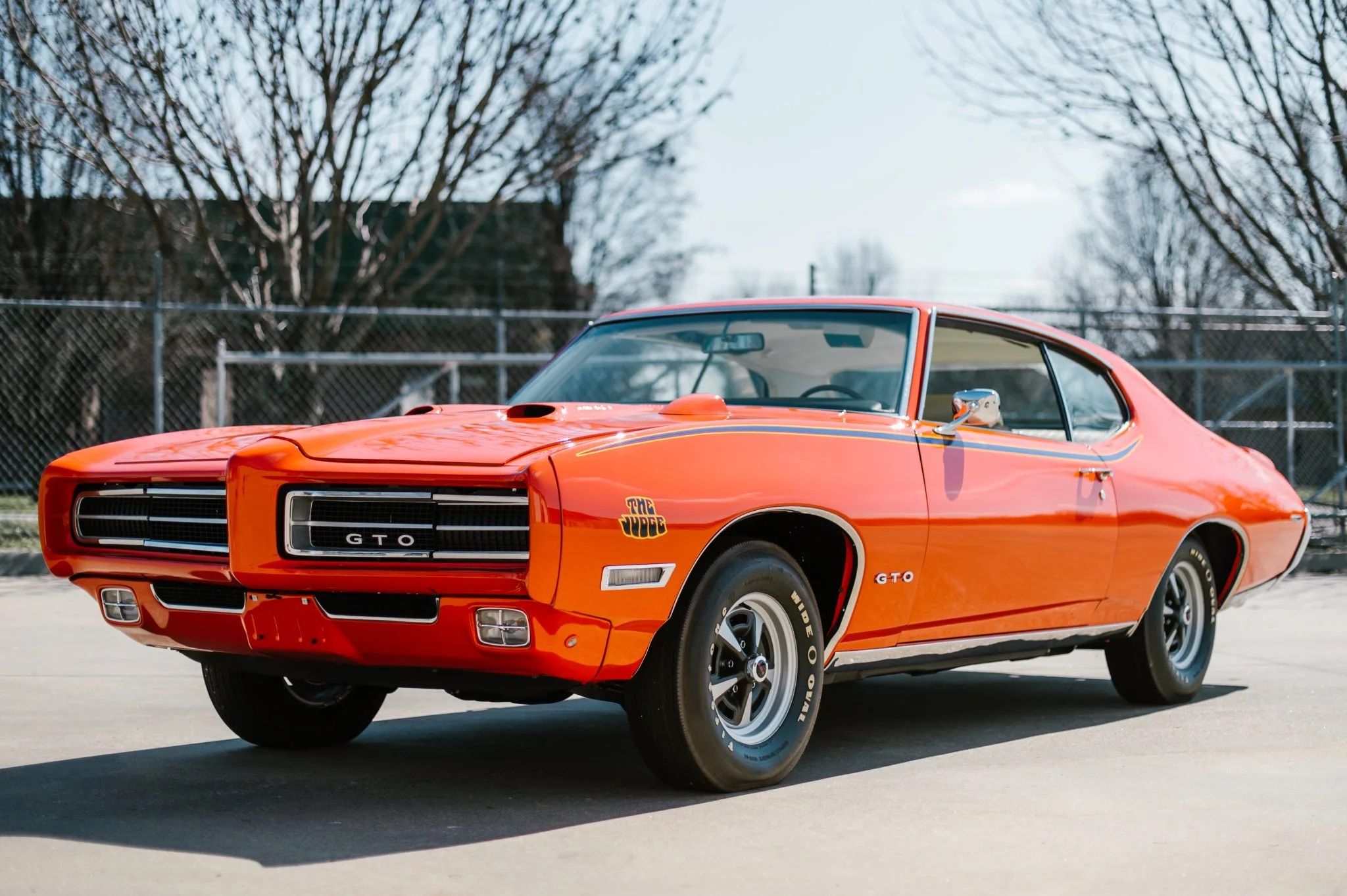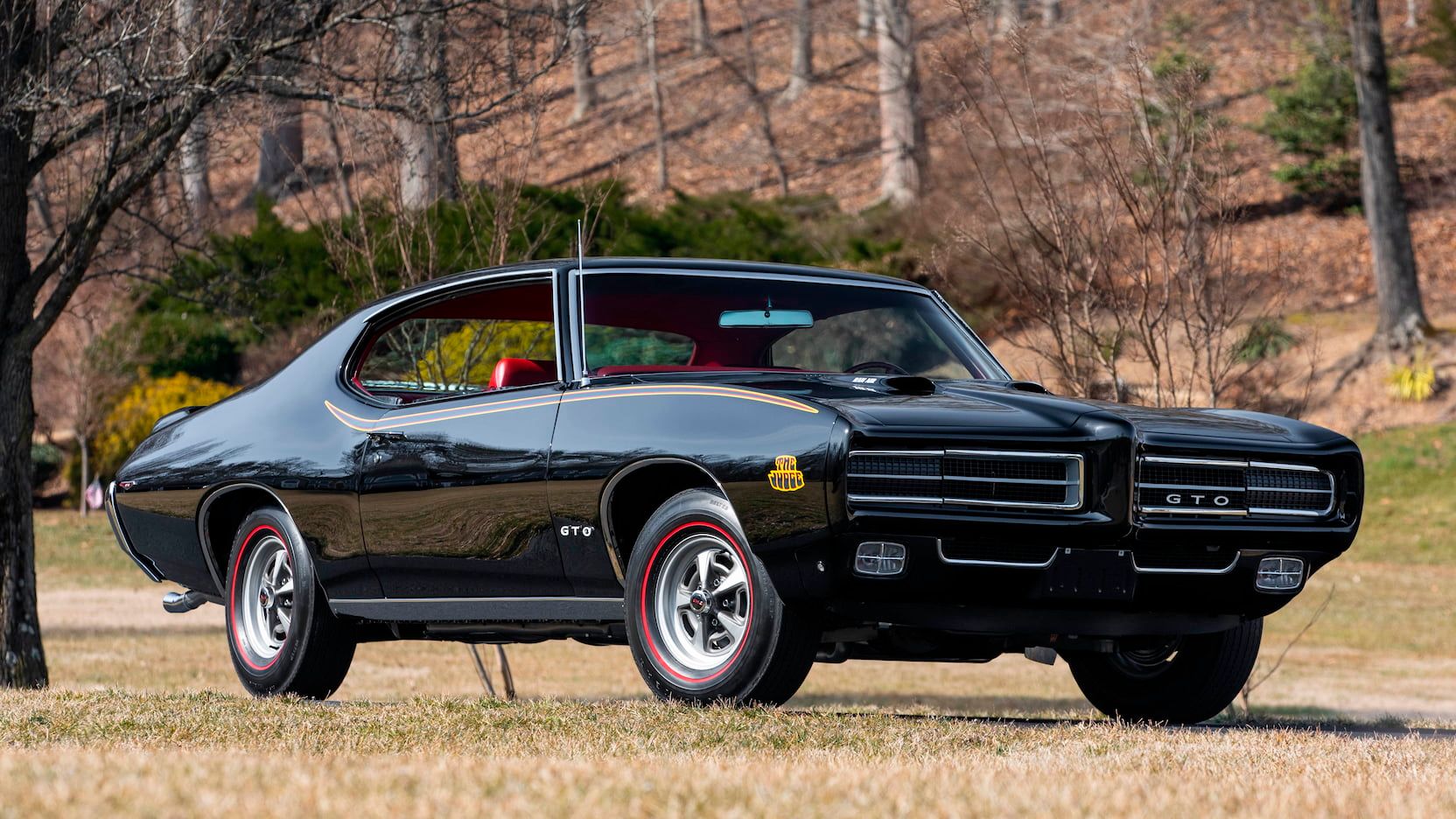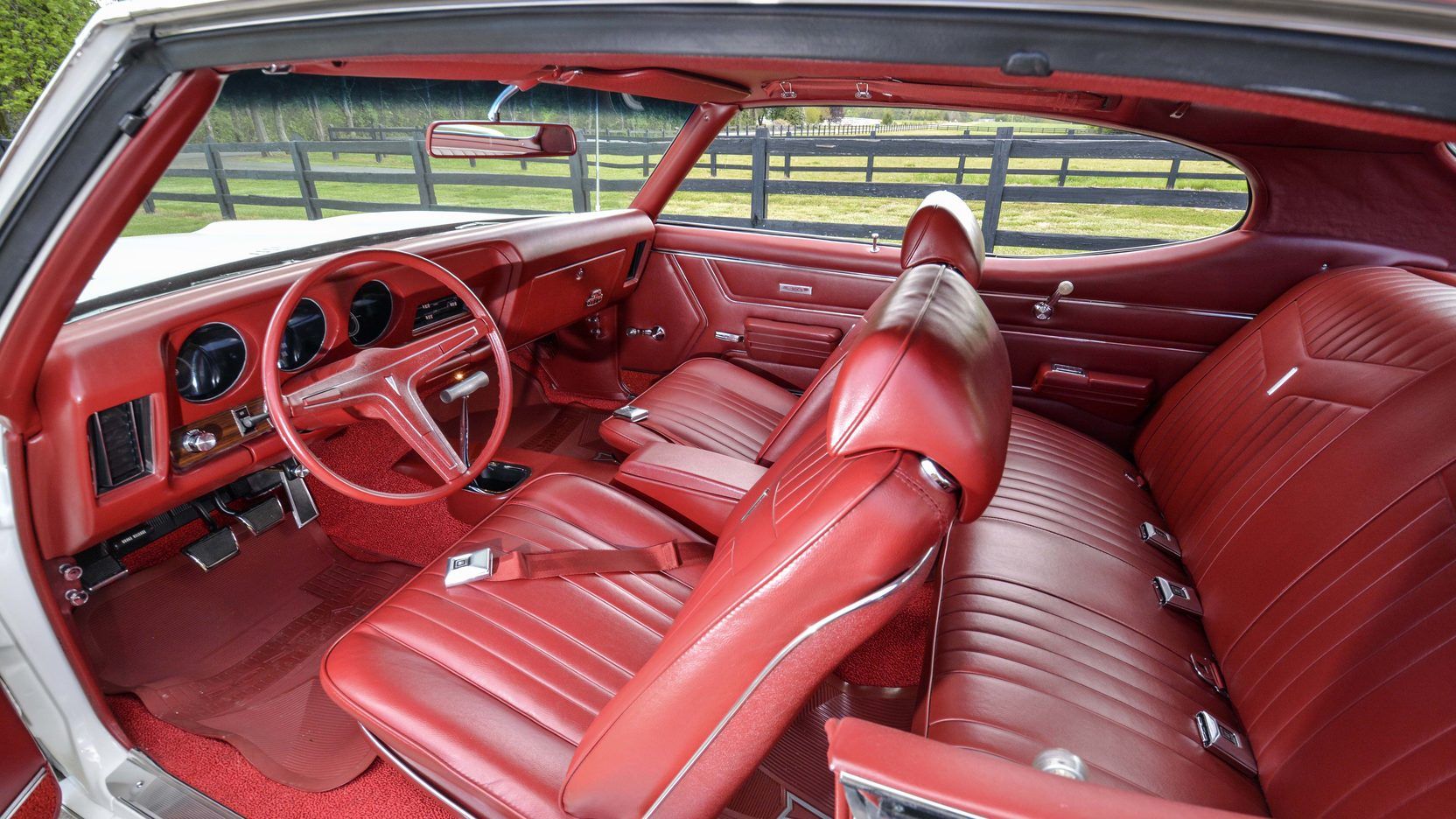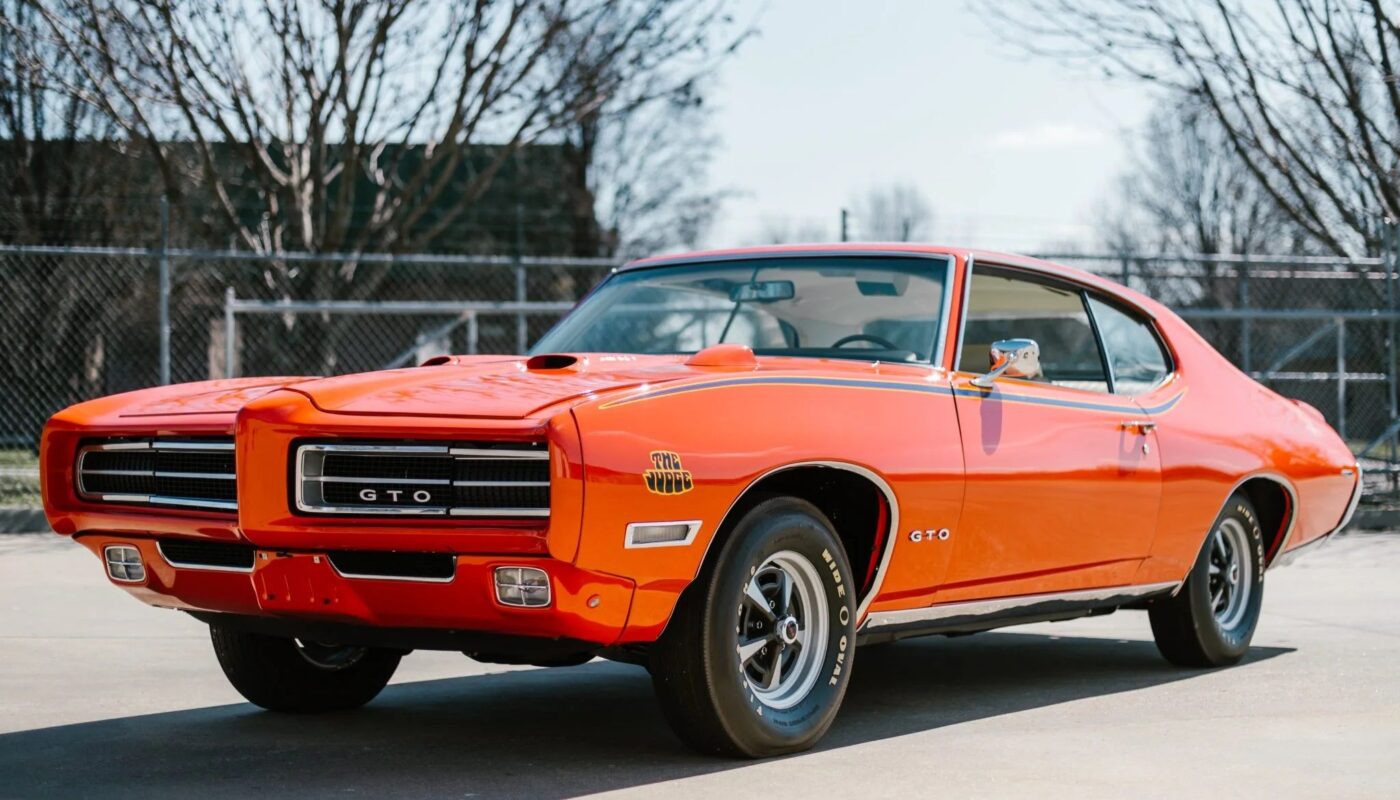
It is not common knowledge that the Pontiac Judge was offered for three years because the ones commonly talked about were produced in 1969 and 1970. The fact is that there were a little over 300 Pontiac GTO Judges built for the 1971 model year, but because of a severe decline in sales, the car was retired. The GTO continued to be produced for another three years, ending its short run in 1974. If looking for a rare vehicle, the 1971 models should be the goal, but if a classic that’s worth the money is more important, the 1970 model is the Judge to obtain.
7 Powered By A 400 Ram Air III

The standard engine designed for the Pontiac GTO Judge was the 400 Ram Air III, which could produce up to 366 horsepower and ground pounding torque of 445 pound-feet. The track times for this engine show that it could sprint from 0 to 60 in around seven seconds and complete the quarter-mile run in under 15 seconds. There was also an option when ordering the Judge to upgrade the motor to the 400 Ram Air IV that could push out a little more power and cut a few seconds off the track times, but not many were opted for.
8 Endura Plastic Made The Nose

The Pontiac GTO was the only car in the late ’60s and early ’70s to have a bumper designed with a new material known as Endura Plastic. It was a combination of closed-cell urethane foam bonded to the metal. This rubber coating made the car withstand impact without damage, as seen in the advertisements. Throughout the year, consumers could see men in white lab coats taking turns hitting the front of the car with crowbars without causing any damage.
9 Tachometer Mounted On The Hood

People that like to push the limits of speed in their cars know all too well how vital a tachometer is to have. For the car to perform at its best, the RPMs must be at optimal levels, pushing the engine to the limits of operation. If a car back in the ’60s and ’70s had a tachometer installed, they were either designed into the dash or added on pieces that the owner could install. The Judge decided to make it easy for the driver to see the tachometer by placing it on top of the hood in the direct eyesight of the one slamming through the gears.
10 Hurst T-Handle Floor Shifter

By the end of the 1960s, Hurst was well-known in the muscle car community. The basic knob handle on many manual transmissions does not give the grip needed to slam through the gears effectively, which is the entire premise behind the T-Handle floor shifter. It makes it easy for the driver to hold on through the acceleration curves and slip into the next gear as the hood-mounted tach shows redline
